A 2025 trial shows that turning off your phone’s internet for two weeks improves attention and mood. Here’s how digital detox works and why it matters.


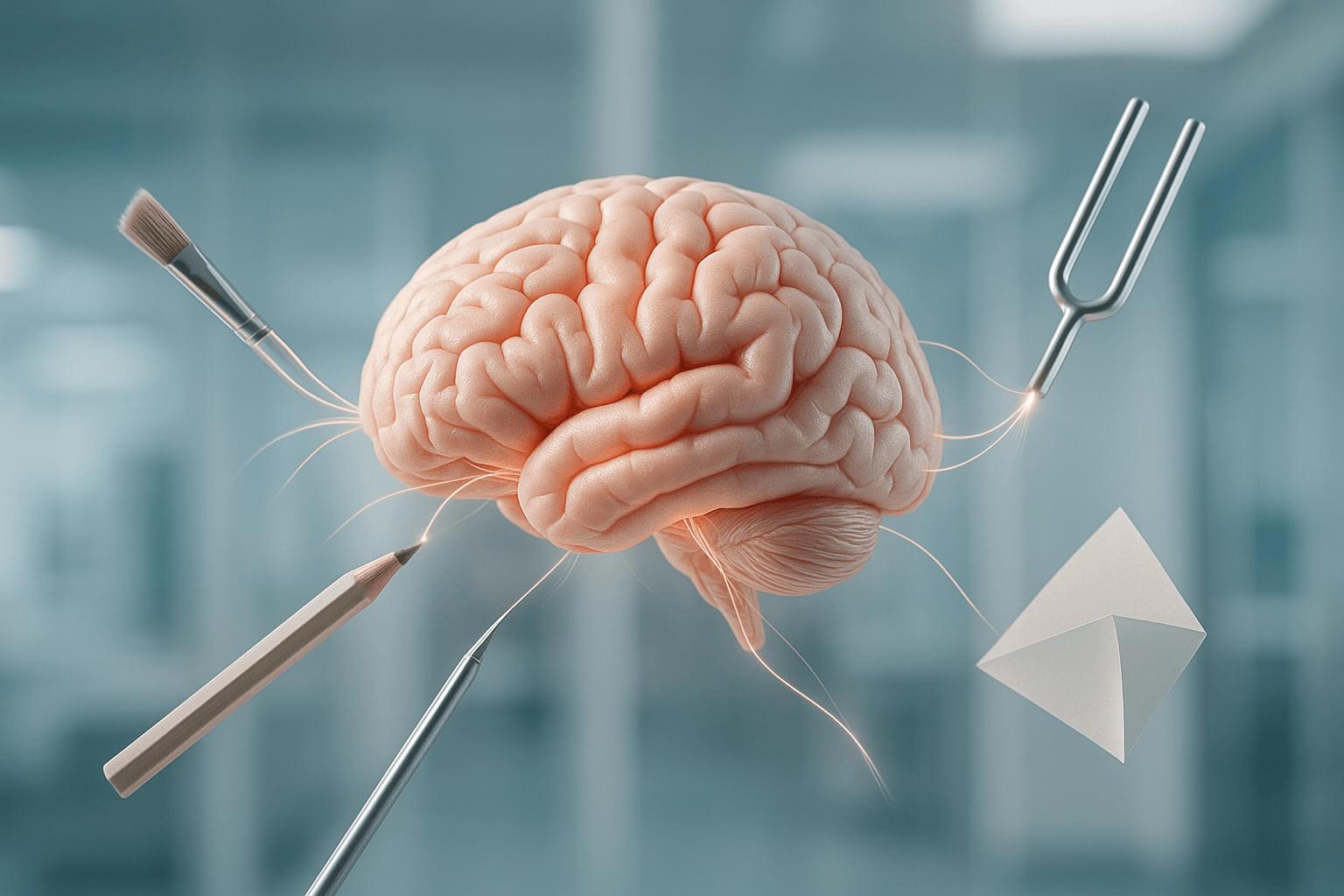
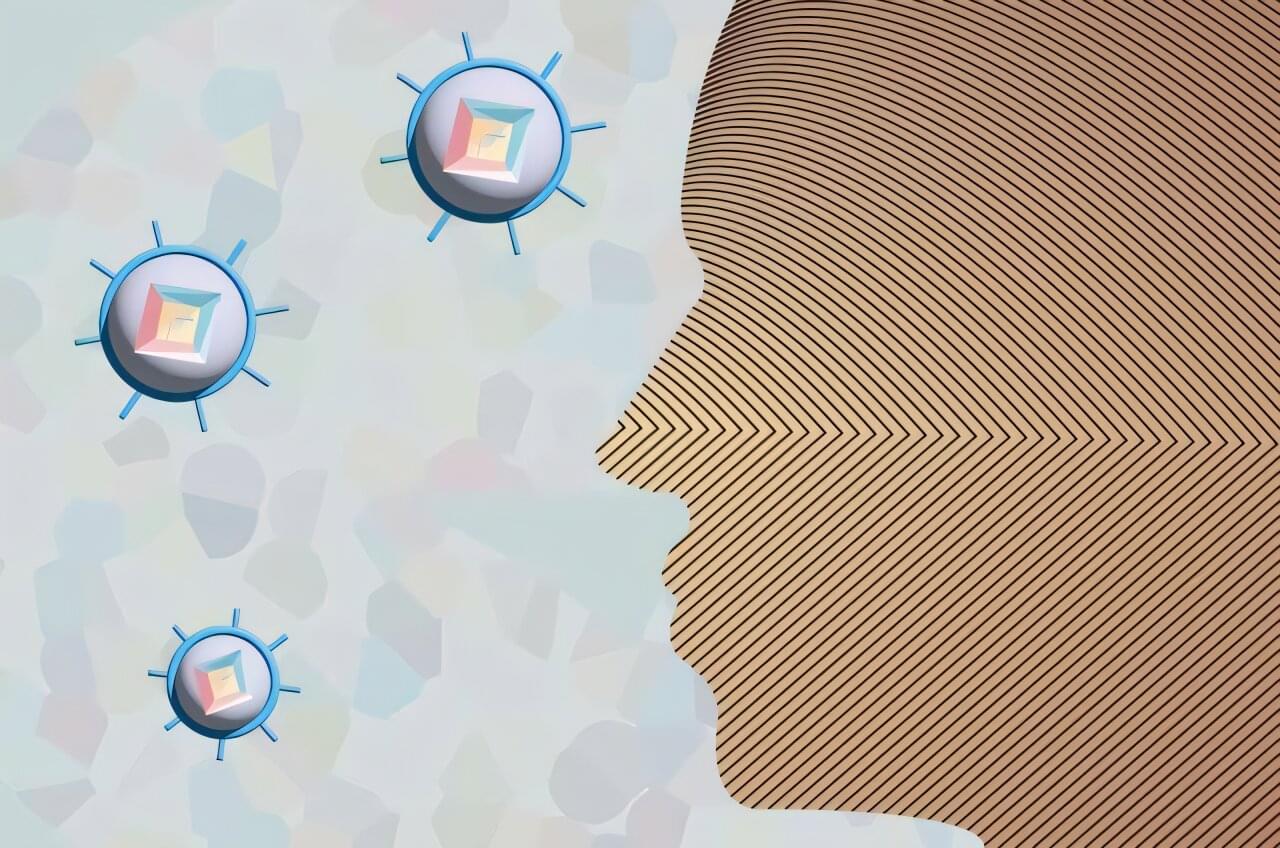
An unusual public health policy in Wales may have produced the strongest evidence yet that a vaccine can reduce the risk of dementia. In a new study led by Stanford Medicine, researchers analyzing the health records of Welsh older adults discovered that those who received the shingles vaccine were 20% less likely to develop dementia over the next seven years than those who did not receive the vaccine.
The remarkable findings, published April 2 in Nature, support an emerging theory that viruses that affect the nervous system can increase the risk of dementia. If further confirmed, the new findings suggest that a preventive intervention for dementia is already close at hand.
In a follow-up study published Dec. 2 in Cell, the researchers found that the vaccine may also benefit those already diagnosed with dementia by slowing the progress of the disease.
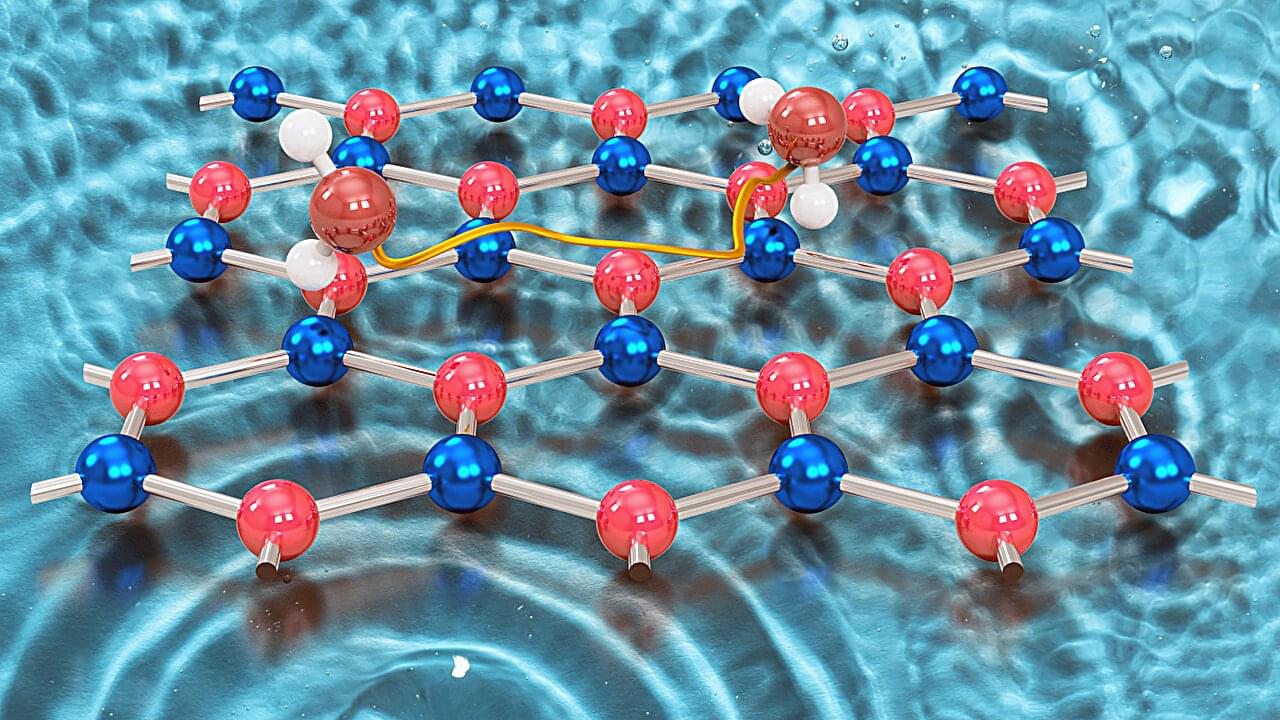
A surprising discovery about how water behaves on one of the world’s thinnest 2D materials could lead to major technological improvements, from better anti-icing coatings for aircraft and self-cleaning solar panels to next-generation lubricants and energy materials.
In a study published in Nature Communications, researchers from the University of Surrey and Graz University of Technology tested two ultra-thin sheet-like materials with a honeycomb structure— graphene and hexagonal boron nitride (h-BN). While graphene is electrically conductive—making it a key contender for future electronics, sensors and batteries—h-BN, often called “white graphite,” is a high-performance ceramic material and electrical insulator.


A new framework that causes artificial neural networks to mimic how real neural networks operate in the brain has been developed by a RIKEN neuroscientist and his collaborator. In addition to shedding light on how the brain works, this development could help inspire new AI systems that learn in a brain-like way. The research is published in Nature Communications.
Humans and animals have remarkable capacities to learn and perform complex tasks due to the brain’s amazing ability to take in sensory information and produce complex outputs.
Toshitake Asabuki of the RIKEN Center for Brain Science is fascinated by the brain and wants to discover how it works. “My team investigates how the brain learns efficiently and robustly,” he says. “We aim to identify learning rules that could, in principle, be implemented by real neural circuits in the brain.”
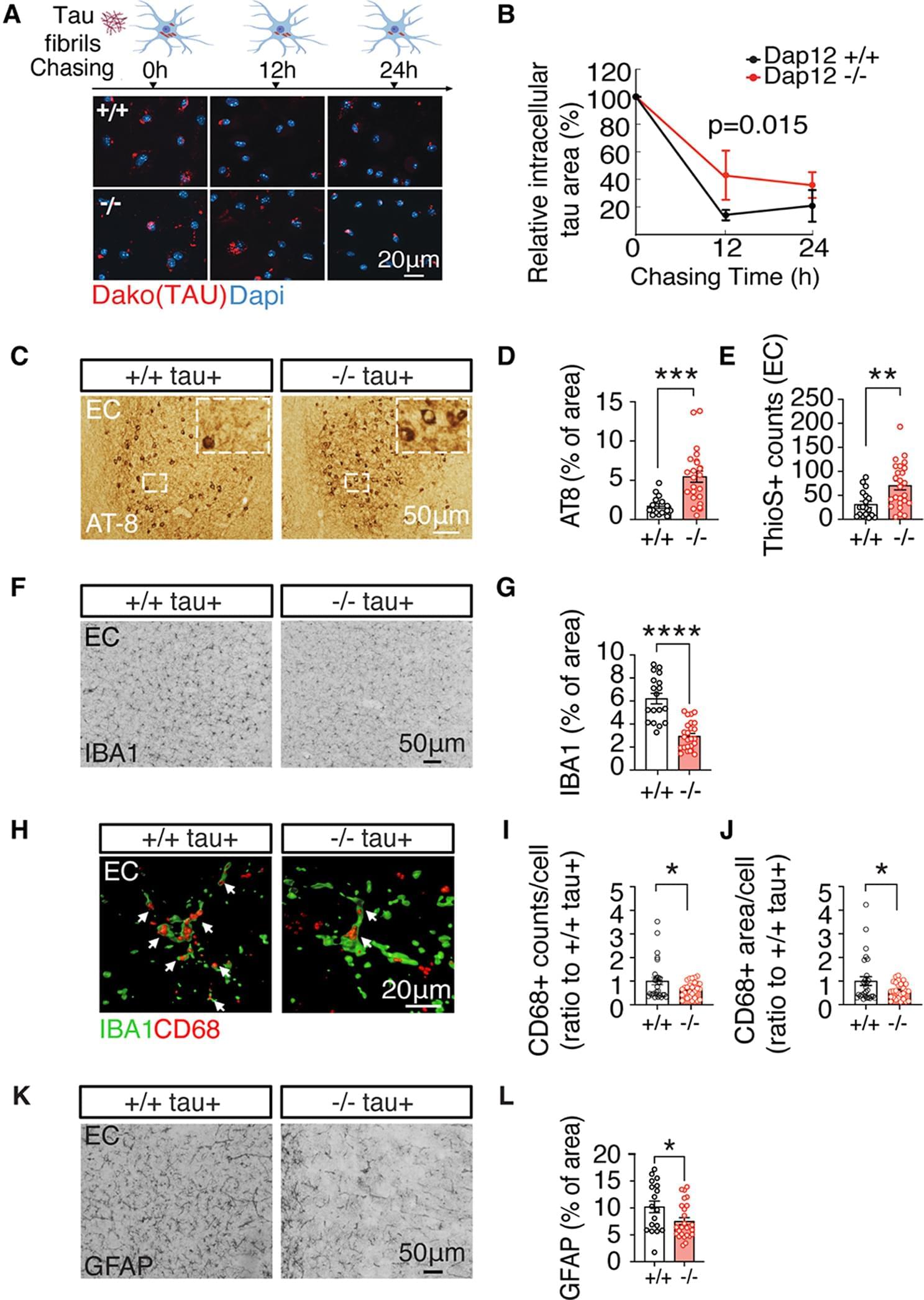
How DAP12 deletion enhances brain resilience in female tauopathy mice.
Microglia selectively expresses DAP12 (DNAX-activation protein 12), which, plays a crucial role in microglial immune responses.
Previously, it was show that tauopathy mice lacking DAP12 exhibit higher tau pathology but are protected from tau pathology-induced cognitive deficits but the mechanism remains elusive.
The authors in this study show that tau processing in primary microglia is reduced by Dap12 deletion, while, tau pathology increased in female tauopathy mice, with minimal effects on males. However, brain inflammation, synapse loss, and demyelination are reduced by Dap12 deletion indicating enhanced resilience to tau toxicity.
The authors also show that elevated SLIT2 levels and demyelination in tauopathy and is reversed by Dap12 deletion. The author s also found correlation of SLIT2 expression and tau pathology in AD brain tissue. https://sciencemission.com/DAP12-deletion-reduces-neuronal-SLIT2
Background Pathogenic tau accumulation drives neurodegeneration in Alzheimer’s disease (AD). Enhancing the aging brain’s resilience to tau pathology would lead to novel therapeutic strategies. DAP12 (DNAX-activation protein 12), highly and selectively expressed by microglia, plays a crucial role in microglial immune responses. Previous studies have shown that tauopathy mice lacking DAP12 exhibit higher tau pathology but are protected from tau pathology-induced cognitive deficits. However, the exact mechanism behind this resilience remains elusive. Methods We investigated the effects of DAP12 deletion on tau pathology, as well as tau-induced brain inflammation and neurodegeneration, in homozygous human Tau P301S transgenic mice. In addition, we conducted single-nucleus RNA sequencing of hippocampal tissues to examine cell type-specific transcriptomic changes at the single-cell level.
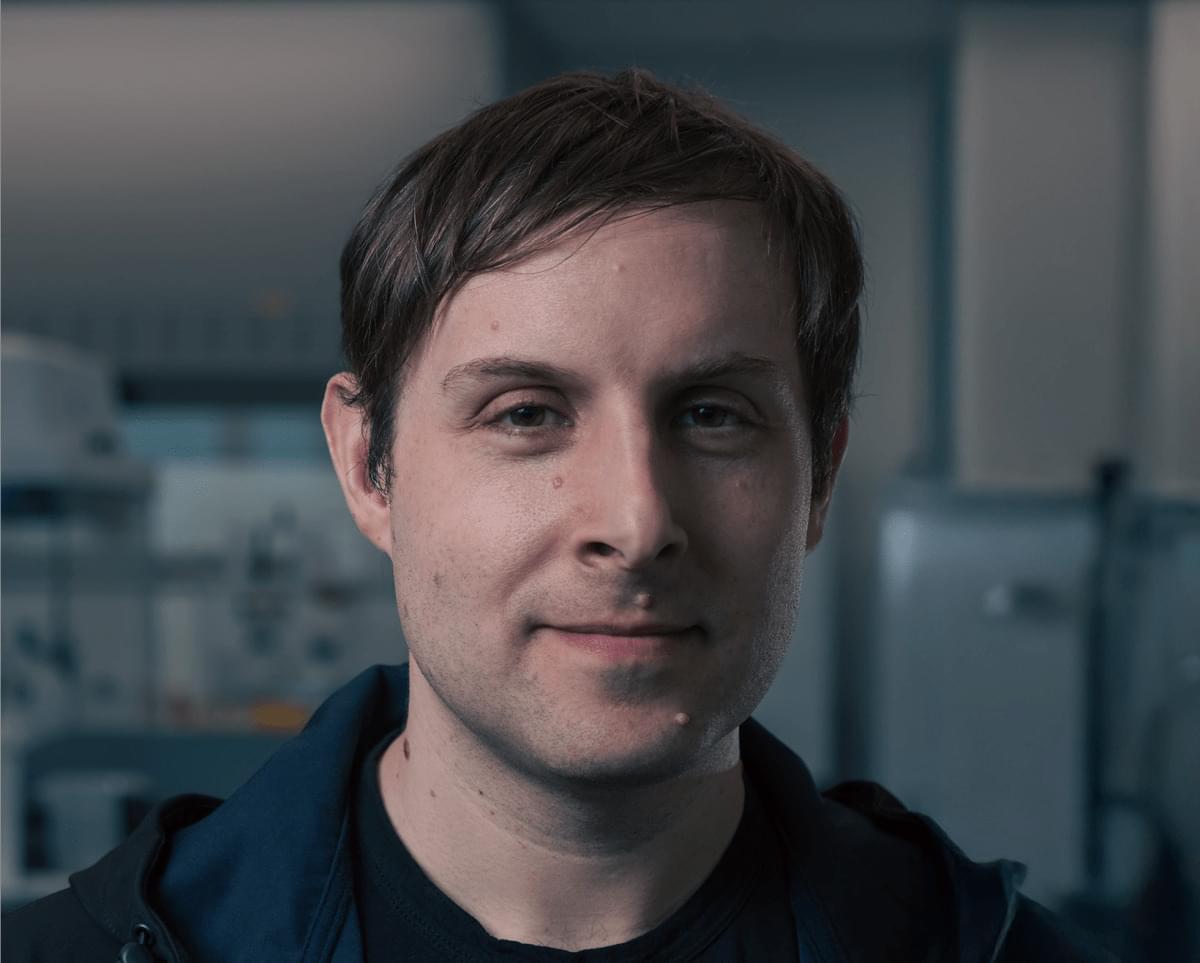
Developing an advanced Brain-Computer Interface (BCI) is only the beginning.
“In order to prove a theory of consciousness is right, you have to see it for yourself,” Hodak explains. “That will require these big brain-computer interfaces.”
Hodak thinks that once humans understand how billions of neurons bind together to create a unified experience — what neuroscientists call “the binding problem” — we can start doing truly wild things.
I almost hesitate to say some of those wild things include multiple brains working to form one consciousness. “You could really, in a very fundamental sense, talk about redrawing the border around a brain, possibly to include four hemispheres, or a device, or a whole group of people,” he says.

ARMR’s experimental vaccine is designed to neutralize fentanyl in the bloodstream before it reaches the brain. Keeping fentanyl out of the brain would prevent the respiratory failure that comes with overdose, which causes death, as well as the euphoric high people get while taking fentanyl.
The basic idea behind ARMR’s shot is the same as any other vaccine. It trains the body’s immune system to make antibodies that recognize a foreign invader. But since fentanyl is much smaller than the pathogens our current vaccines target, it doesn’t trigger a natural antibody response on its own. To stimulate antibody production, ARMR has paired a fentanyl-like molecule with a ‘carrier’ protein—a deactivated diphtheria toxin that’s already used in several approved medical products…
…If a vaccinated person encounters fentanyl, antibodies in the blood would then bind to the drug and prevent it from traveling to the brain. Normally, fentanyl molecules can pass through the blood-brain barrier with ease, in part because of their small size. But fentanyl molecules with antibodies attached would be too big to get through. The result? No high and no overdose. The antibody-bound fentanyl molecules would eventually be passed in the urine.
The vaccine is based on work from the University of Houston, with collaborators at Tulane University designing an adjuvant derived from E.coli bacteria to boost the immune response to the vaccine. In rats, the shot blocked 92 to 98 percent of fentanyl from entering the brain and prevented the behavioral effects of the drug. The effects lasted for at least 20 weeks in the rats, which Gage thinks could translate to a year of protection in people.
ARMR Sciences of New York is trialing a vaccine in the Netherlands to protect against fentanyl-related overdose and death.
Check out courses in your favorite subjects with Brilliant! Start learning for free at https://brilliant.org/sabine/ and get 20% off a premium subscription, which includes daily unlimited access!
Spintronics is short for “spin electronics,” and refers to the study of the spin of the electron. In electronic devices, spintronics leverages the spin of electrons to process and store data with extreme efficiency – this technology is just a few years from reaching the consumer market, and will make your devices faster and more efficient. For a price, of course. Let’s take a look at how spintronics got here and where it’s going.
👕T-shirts, mugs, posters and more: ➜ https://sabines-store.dashery.com/
💌 Support me on Donorbox ➜ https://donorbox.org/swtg.
👉 Transcript with links to references on Patreon ➜ / sabine.
📝 Transcripts and written news on Substack ➜ https://sciencewtg.substack.com/
📩 Free weekly science newsletter ➜ https://sabinehossenfelder.com/newsle… Audio only podcast ➜ https://open.spotify.com/show/0MkNfXl… 🔗 Join this channel to get access to perks ➜ / @sabinehossenfelder 📚 Buy my book ➜ https://amzn.to/3HSAWJW #science #sciencenews #spintronics #tech #technews #technology.
👂 Audio only podcast ➜ https://open.spotify.com/show/0MkNfXl…
🔗 Join this channel to get access to perks ➜
/ @sabinehossenfelder.
📚 Buy my book ➜ https://amzn.to/3HSAWJW
#science #sciencenews #spintronics #tech #technews #technology